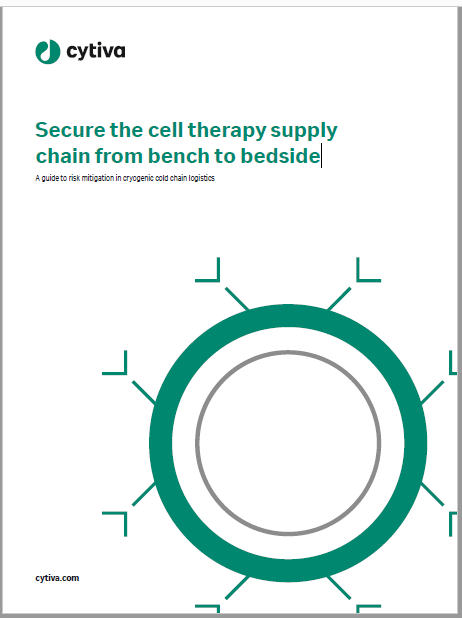The neurology pipeline has a substantial amount of promising assets. According to GlobalData’s Drug Sales and Consensus Forecast database, half of the top 10 neurology pipeline drugs will reach blockbuster status by 2025.
Neurology pipeline 2019
Of these, Novartis’ Zolgensma (AVXS-101) will reach the highest selling position, with sales of $2.03 billion in 2025. Notably, Roche is the only company to hold two pipeline drugs in the top 10: risdiplam and RG-6042. Biogen, the leading neurology company, is not represented in the top 10 pipeline drugs.
Top 10 neurology pipeline drugs according to forecast sales, 2025

Source: GlobalData, drug sales and the consensus forecast
The top 10 neurology pipeline drugs clearly display a common trend — specifically, an increased focus on rare diseases, as Novartis’ Zolgensma and Roche’s risdiplam are both targeting spinal muscular atrophy (SMA) patients, and Roche’s RG-6042 is aimed at Huntington’s disease patients. Both of these indications are rare inherited neurodegenerative diseases that have major unmet needs. Additionally, current research in both indications is focused on a disease modification approach, with the prospect of halting the decline and finding a potential cure.
Risdiplam is a once-daily liquid treatment that can be administered by mouth or through a feeding tube. Given the promising preliminary data from ongoing clinical trials, risdiplam may hold advantages over Biogen’s Spinraza (nusinersen). Spinraza is the first and only disease-modifying treatment for all SMA patients, and is administered via several intrathecal injections, which is a risky and invasive procedure. In contrast, Zolgensma is a gene therapy that needs to be administered only once via intravenous infusion, thus representing a game-changing therapy for SMA patients, as it could address the generic root cause of the disease. In addition, data from its pivotal trial demonstrated an increase in survival. As such, Zolgensma will be posing further competition for the first-to-market drug Spinraza.
RG-6042 may be one of the most innovative treatments, as this is a gene-silencing therapy that has been shown to dramatically reduce the amount of the toxic protein implicated in Huntington’s disease, and could therefore potentially slow or stop the progression of this rare disease. Similar to other rare diseases, the currently approved drugs for Huntington’s disease only help to manage the symptoms, so there is a major need for drugs like RG-6042. However, its ongoing Phase III trial in the larger patient population will be crucial to determine its safety profile and ultimately its commercial success.

US Tariffs are shifting - will you react or anticipate?
Don’t let policy changes catch you off guard. Stay proactive with real-time data and expert analysis.
By GlobalDataGoing forward, GlobalData expects the neurology market to continue to focus on indications with high unmet needs, especially rare indications that have limited competition compared to larger, more saturated markets. Ultimately, this is in line with the ongoing trend of pharma companies dedicating more resources for these rare diseases, which have the potential to be significantly lucrative despite also posing a high R&D risk.
Cell & Gene Therapy Coverage on Pharmaceutical Technology supported by Cytiva.
Editorial content is independently produced and follows the highest standards of journalistic integrity. Topic sponsors are not involved in the creation of editorial content.







